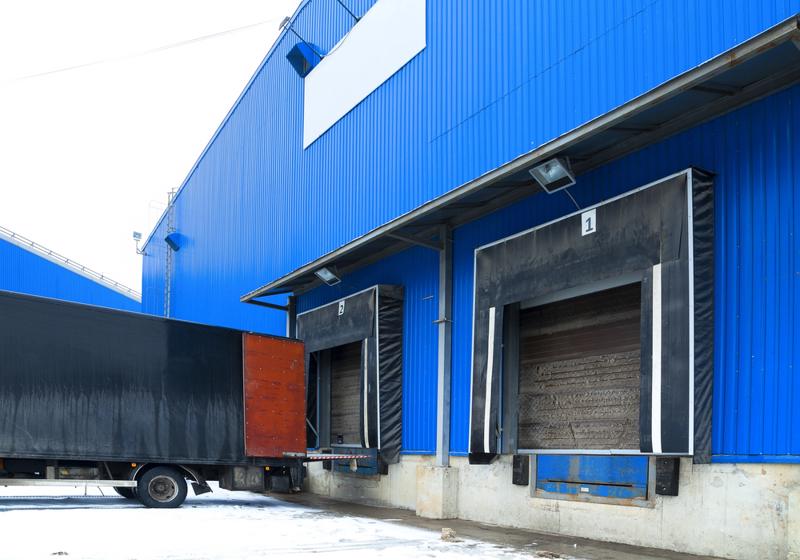The supply chain is always evolving. Advancements in technology have changed the way items are bought, sold, stored and delivered. Business leaders must work to keep up with changing standards and expectations.
In your efforts to modernize your facility and business, don't overlook your loading docks. These areas represent crucial touchpoints for any company, and should be equipped to handle the shipments from and deliveries to your facility.
If your loading dock has outdated assets or an old-fashioned design, consider these three methods for modernizing this critical area of your facility:
1. Bring truck and dock closer together
You already know the importance of having a close and stable connection between the trailer and the dock. Workers need to be able to enter and exit the trailer smoothly and safely.

Dock seals, trailer restraints and dock levelers all make the loading dock safer and more efficient.
Ensuring the truck stays close to the dock should always be a top concern. Trailer creep can turn a normal working environment to a safety hazard quickly. Trailer restraints keep trucks stationary, preventing the vehicle from rolling away.
A good dock leveler also makes a big difference in your loading dock. Some of the most recent models are push-button or air-compressor operated, which makes deploying the leveler much easier. A stable leveler provides a smoother and safer entry to the trailer.
Dock seals are another way to keep the truck and dock close together. They reduce the influence of outdoor weather conditions on the internal climate of the warehouse; warm air stays indoors during the winter, and cool air is kept in during the summer. Wind, rain and snow stay outside. Additionally, potential contaminants like pollen, dust, insects, rodents or birds are deterred by the dock seal.
2. Emphasize worker safety
Trailer restraints and sound dock levelers are two components of providing a safe loading dock for your employees. However, these aren't the only ways you can provide a secure working environment.
Light communication systems can go a long way in keeping your employees safe. Not only are these easy to see and understand above any noise in your facility, but light communications can bridge any language differences between your employees.
Adding barriers near the edge of the loading dock can also help very helpful. Clear indications that a forklift driver is approaching the edge will be well-received; drivers will proceed onto the trailer only with absolute certainty that it's safe to enter. A light communications system can clearly indicate whether it's OK to drive toward the trailer.
3. Automate your dock
Loading dock asset design has come a long way since the manually operated equipment of the '80s. Today, you can open your dock door and lower your leveler at the push of the button.
Some of the more complex - and some of the safest and most efficient - loading docks utilize interlocks to ensure every task is completed in the correct order. This reduces safety risks and improves energy efficiency. For example, workers may not be able to open a dock door until the trailer restraints are properly deployed, and the leveler may not be functional until the door is open. This will ensure the loading or unloading process begins only in a secure environment.

